
Points of Interest for Sailors in Cascais, Portugal
Cascais is a renowned destination for sailors due to its strategic location on the Atlantic coast, vibrant marina, and favorable sailing conditions.
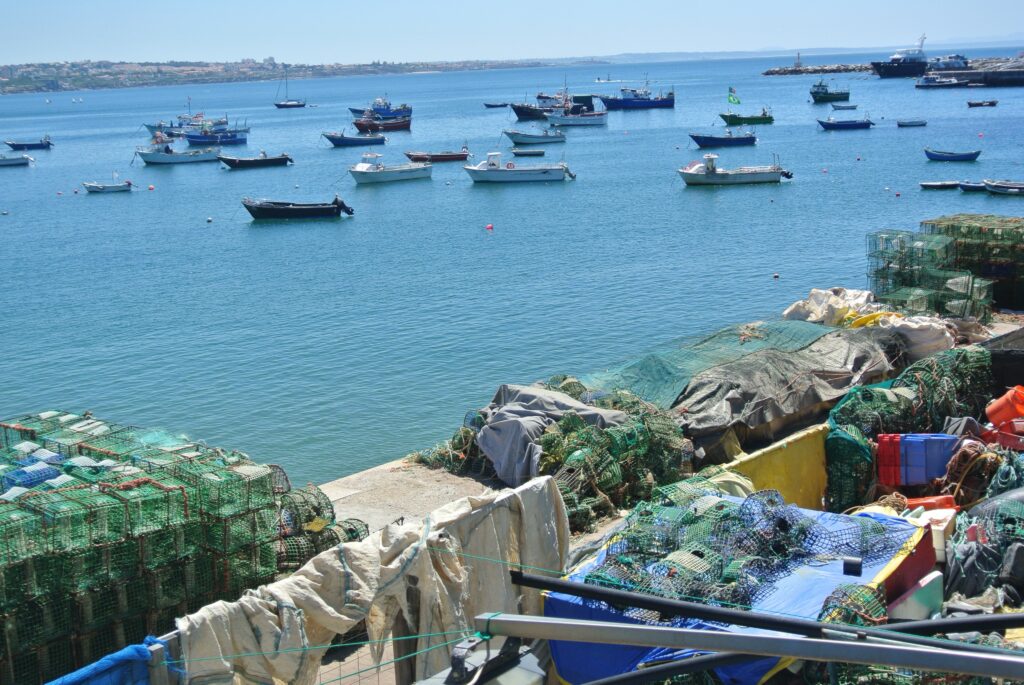
The town offers:
- A modern marina with excellent facilities, attracting both cruising and racing sailors.
- Proximity to Lisbon and the scenic Estoril coast, with easy access to sheltered anchorages and open sea sailing.
- A rich maritime history, charming old town, and a lively waterfront with restaurants and nautical services.
- Regularly hosted international sailing events, making it a hub for competitive sailing and regattas.
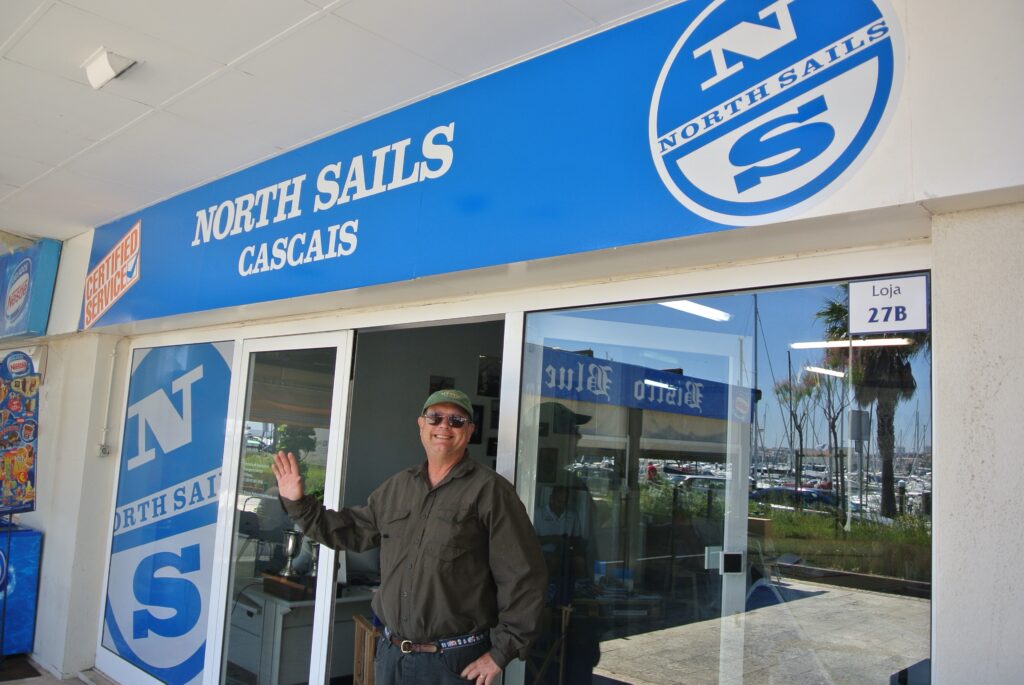
Major Sailboat Races Held in Cascais
Cascais is a prominent venue for high-profile sailboat races, including:
- The RC44 Cascais Cup, part of the RC44 Championship Tour, regularly attracts top international teams.
- The TP52 Super Series, a premier grand prix monohull circuit, has held events in Cascais.
- The World Match Racing Tour has previously included Cascais as a stop.
- Other notable events include the Dragon Gold Cup, the 49er and 49erFX European Championships, and various ORC and IRC regattas.
These events underscore Cascais’ reputation as one of Europe’s top competitive sailing destinations.

What is an RC44 Sailboat?
The RC44 is a high-performance, one-design racing yacht conceived by America’s Cup legend Russell Coutts and designed in collaboration with naval architect Andrej Justin. First launched in 2007 and built by Pauger Carbon Composite, the RC44 is constructed entirely from carbon fiber, resulting in a lightweight yet stiff structure that delivers exceptional speed and handling125.

Key Specifications:
- Length Overall (LOA): 13.35 meters (44 feet)
- Beam: 2.75 meters
- Draft: 2.90 meters
- Displacement: approximately 3,460–3,560 kg
- Crew: Typically 6–9 people, with a maximum crew weight regulated by class rules15

Notable Features:
- Adjustable keel with a trim tab, improving upwind performance and maneuverability
- Articulating bowsprit for deeper downwind angles
- Open cockpit design
- Entirely carbon fiber construction, including mast, boom, and appendages
- Designed for easy transport: the hull, mast, and appendages break down to fit in a standard 40ft container, enabling global event logistics25
How is the RC44 Sailed in Competition?
Racing Format

Race Structure:
- Regattas typically run over five days, with an official practice day followed by four days of racing4.
- Each race day usually features three races, depending on weather conditions.
- The course is a two-lap windward-leeward (upwind-downwind) format, with a dogleg at the windward mark and a gate at the leeward mark for tactical variety and safety4.
- Points are awarded using the World Sailing low-point system (1 point for first, 2 for second, etc.), and there are no discards—every race counts toward the final score4.
Crew and Rules:
- The RC44 requires a crew of 6–9, with a maximum crew weight limit.
- At least two crew members must be amateurs (as defined by World Sailing), making the class accessible to both professionals and skilled amateurs5.
- The owner-driver rule is enforced: the boat’s owner must helm the yacht, keeping the competition focused on owner-driven teams rather than professional helmsmen35.
- Strict measurement and equipment rules maintain a level playing field and control costs.
Tactics and Performance:
- The RC44 is renowned for its versatility, performing well in winds from 5 to 25 knots, minimizing lost racing days23.
- Performance features such as the trim tab and articulating bowsprit allow for advanced tactical sailing, especially upwind and on downwind legs.
- The boat’s light weight and powerful sail plan make it fast and responsive, capable of reaching speeds up to 25 knots in strong winds26.
Event Management:
- The class centrally manages logistics, including shipping and event support, making it easier and more cost-effective for teams to compete internationally25.
Summary

The RC44 is a cutting-edge, one-design racing yacht designed for high-level competition, blending America’s Cup technology with accessible, owner-driven racing.

What is a TP52 Sailboat?
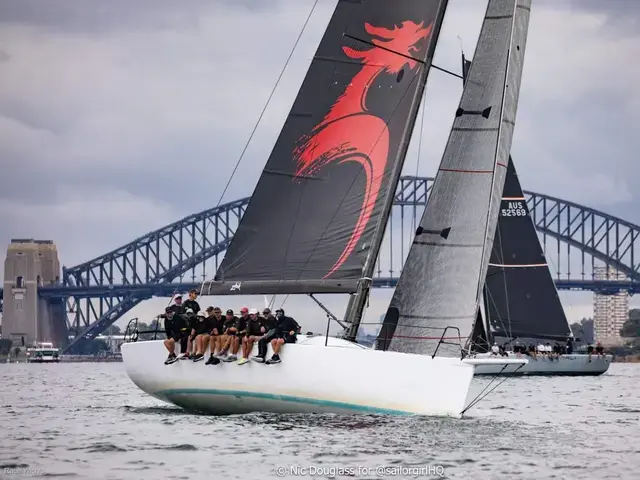
The TP52 (Transpac 52) is a high-performance, one-design monohull racing yacht designed for inshore and offshore regattas but not to cross the Pacific Ocean. Because it does not conform to the capsize risk ratio, it is no longer referred to as TransPac 52 but simply TP52. The TP52s were championed by Juan Carlos, the disgraced King of Spain who abdicated his thrown owing to a money laundering scheme. Key characteristics of the TP52 include:

- Length: 15.85 meters (52 feet)
- Beam: About 4.3–4.42 meters
- Draft: 3.5 meters
- Displacement: Around 7,000 kg
- Construction: Advanced carbon fiber and composite materials for lightweight strength
- Keel: Fixed deep keel with a heavy bulb for stability
- Rig: Single mast with a bowsprit, square-top mainsail, and composite rigging1256
How is the TP52 Sailed in Competition?
- Crew: Typically 12–13 sailors, with a maximum crew weight limit (e.g., 1,130 kg)4.
- Racing Format: TP52s compete in fleet racing, most notably in the 52 SUPER SERIES, a professional circuit attracting top international teams.
- Courses: Races are usually windward-leeward (upwind-downwind) courses, requiring precise boat handling and tactical teamwork.
- Performance: The boats are extremely stable and fast, reaching speeds up to 25 knots thanks to their lightweight hull, deep keel, and powerful sail plan6. But, unlike ocean crossing monohull sailboats, it may not right itself after capsize.
- Tactics: Success depends on efficient crew work, sail trim, and strategic maneuvering, with teams optimizing every aspect of performance from sail shape to crew positioning56.

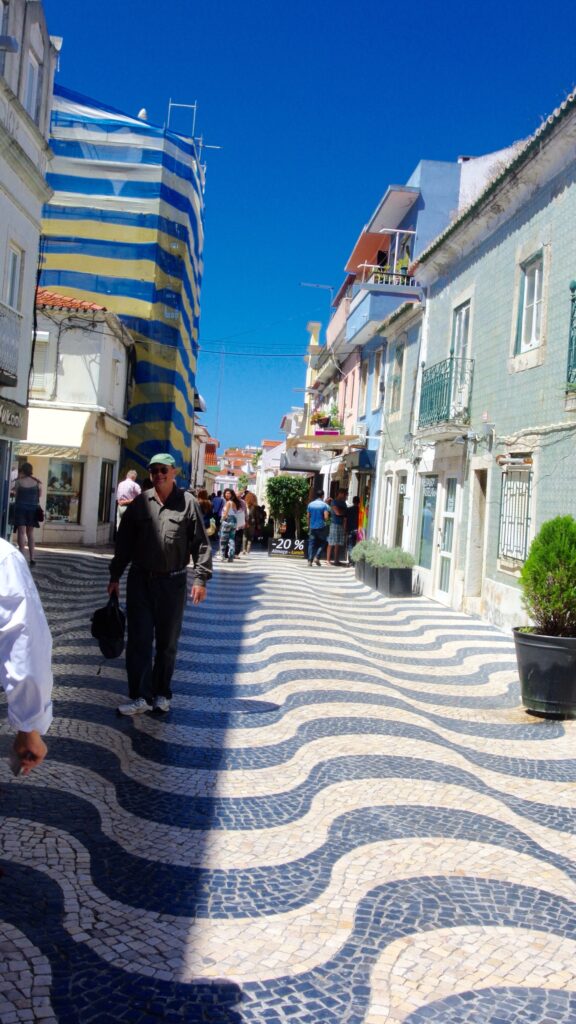
J/70 Corinthian Championship in Cascais
The inaugural J/70 Corinthian World Championship was held in Cascais in June 2024. This event marked a significant milestone for the J/70 class, focusing on amateur (Corinthian) sailors. The regatta attracted teams from around the world, including the Seattle Yacht Club and was organized by the Clube Naval de Cascais.
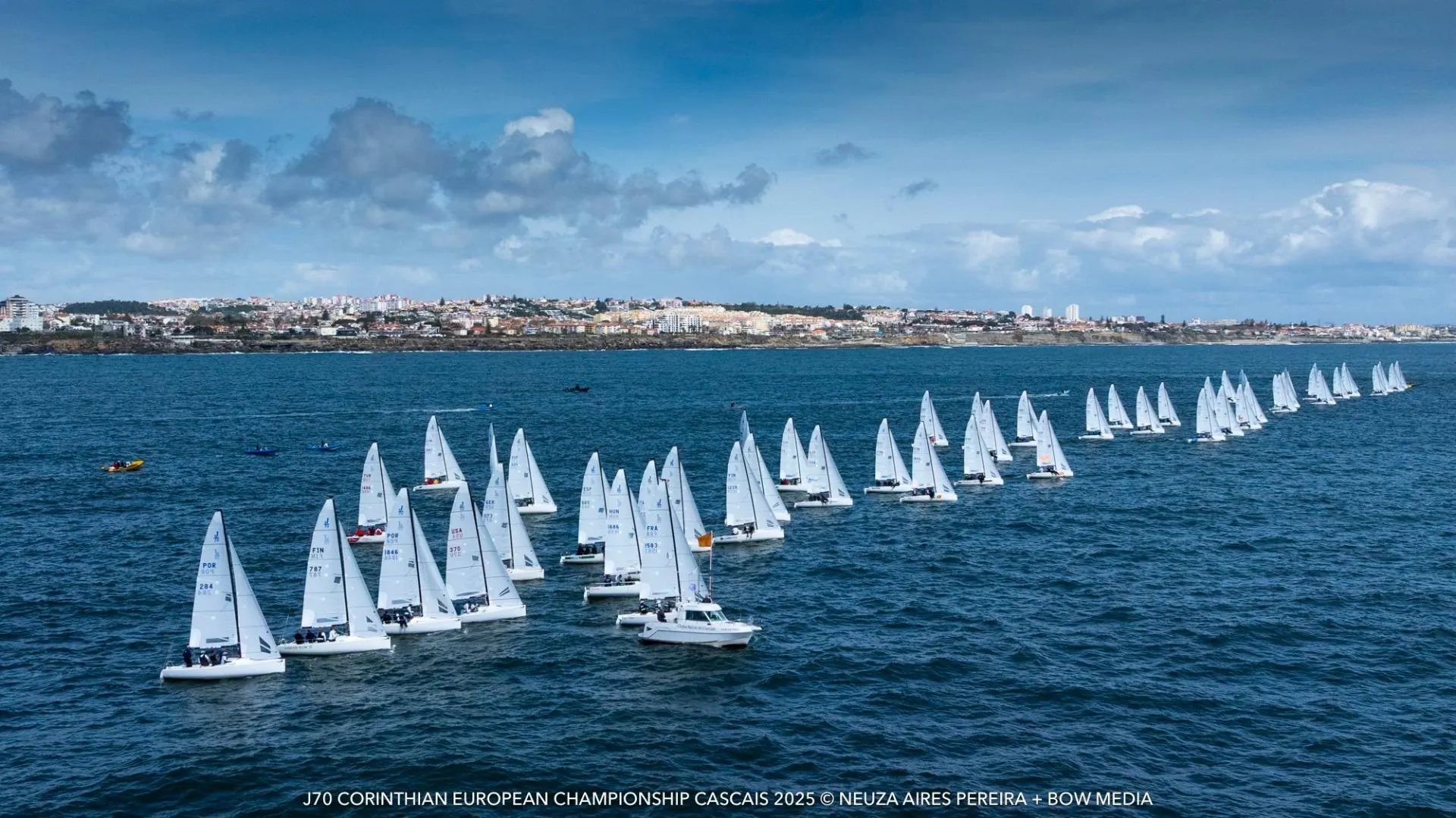
Sponsors for the 2024 J/70 Corinthian World Championship included:
- Clube Naval de Cascais (the host yacht club)
- J/Boats (the manufacturer)
- Local and international marine industry partners

What is a J/70 Sailboat?
The J/70 is a high-performance, 22.7-foot (6.93 m) sportboat designed for ease of trailering, ramp launching, and competitive one-design racing. It features a fractional sloop rig, large cockpit for a crew of 3–4, a retractable keel, and an asymmetrical spinnaker flown from a retractable bowsprit125. The boat is light (1,790 lbs/812 kg), stable, and fast, with a lead keel for safety and performance58.
What is a J/22 Sailboat?
The Seattle Yacht Club owns a fleet of J/22s. The J/22 is a 22.5-foot (6.86 m) one-design keelboat introduced in the early 1980s. It has a fractional sloop rig, fixed keel, and symmetrical spinnaker. It is known for its simplicity, durability, and versatility, making it popular for club racing, community sailing, and world championships346. The J/22 is slightly heavier (1,800 lbs/816 kg) than the J/70 and has a more traditional deck layout and enclosed cabin34.
Key Differences: J/70 vs. J/22
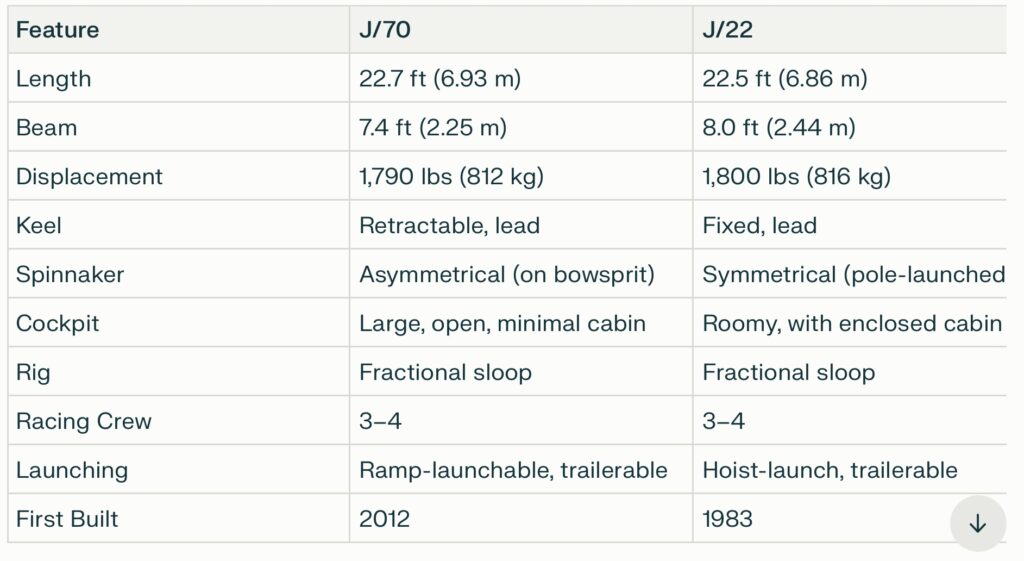
How Are J/70s and J/22s Sailed in Competition?
J/70:
- Raced with a crew of 3–4, typically with two allowed to hike at a time2.
- Uses main, jib, and large asymmetrical spinnaker for downwind legs25.
- Races are usually windward-leeward courses, emphasizing tactical boat handling, sail trim, and teamwork.
- The class is strictly one-design, with tight rules on sails and equipment to ensure fair competition2.
- The boat’s light weight and planing hull make it fast and responsive, especially downwind under spinnaker8.
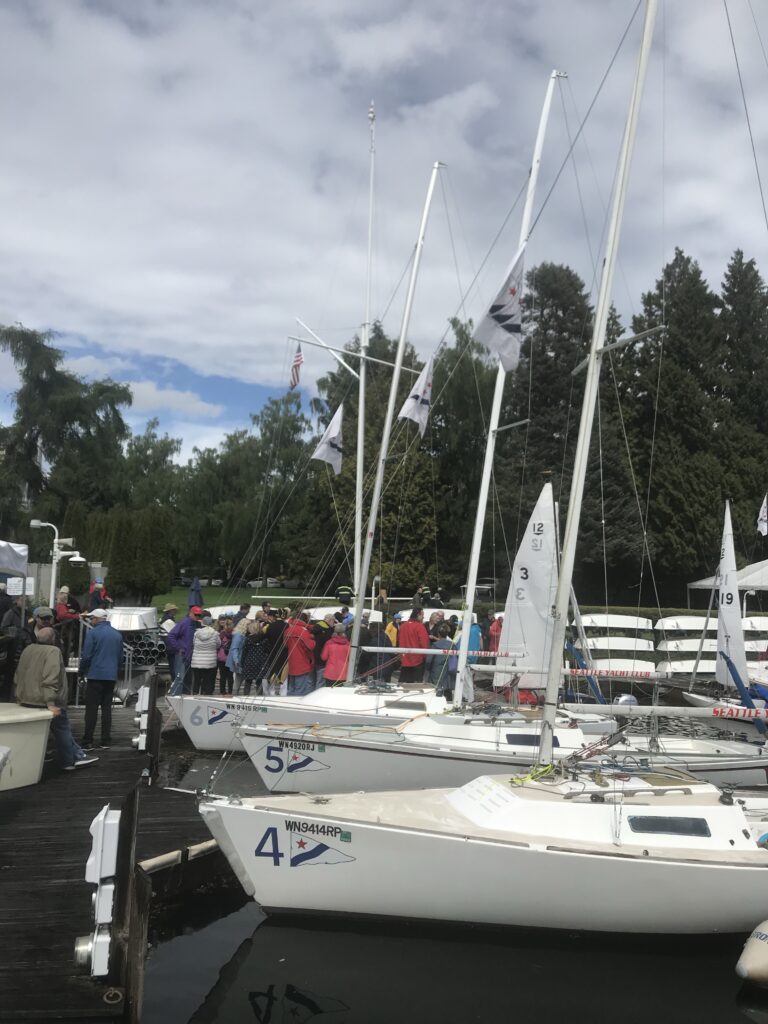
J/22:
- Also raced with 3–4 crew, using main, jib, and symmetrical spinnaker34.
- Known for excellent upwind performance and tactical racing, especially in protected waters4.
- Races are typically windward-leeward, with emphasis on precise rig tuning, sail trim, and crew coordination4.
- The class is popular for club, regional, and world championships, and is widely used in match racing46.
Summary:
The J/70 is a planing sportboat with a retractable keel and asymmetrical spinnaker, offering high-speed, tactical racing. The J/22 is a classic, fixed-keel keelboat with a symmetrical spinnaker, renowned for its simplicity, accessibility, and tactical depth. Both are highly competitive one-design classes, but the J/70 delivers a more contemporary, high-performance sailing experience.
There are four modes of sailing. Displacement mode, forced mode, planing, and the 4th mode. Obviously many ocean sailboats do not plane and hence there is no reason to learn sail planing techniques on those boats. In fact it is just the opposite. There are good reasons to learn how to prevent planing on displacement hulled sailboats – or any displacement vessel for that matter. This is because planing a displacement-hull vessel will put dangerous stresses on the hull and if a sailboat, on the rigging. If the vessel is not designed for planing, hull folding, dismasting, boom failure, etc is possible.
In contrast, when the boat is designed for planing, the hull will break out of the water revealing the stresses. There is also no reason to learn about 4th mode on a displacement sail boat. Displacement sailboats are too heavy to make this mode of sailing, which involves moving weight forward. In a displacement sailing vessel, recognizing forced mode is important for speed. Forced mode is when the boat is climbing its own bow wake. Planing happens when the bow wake is crested.
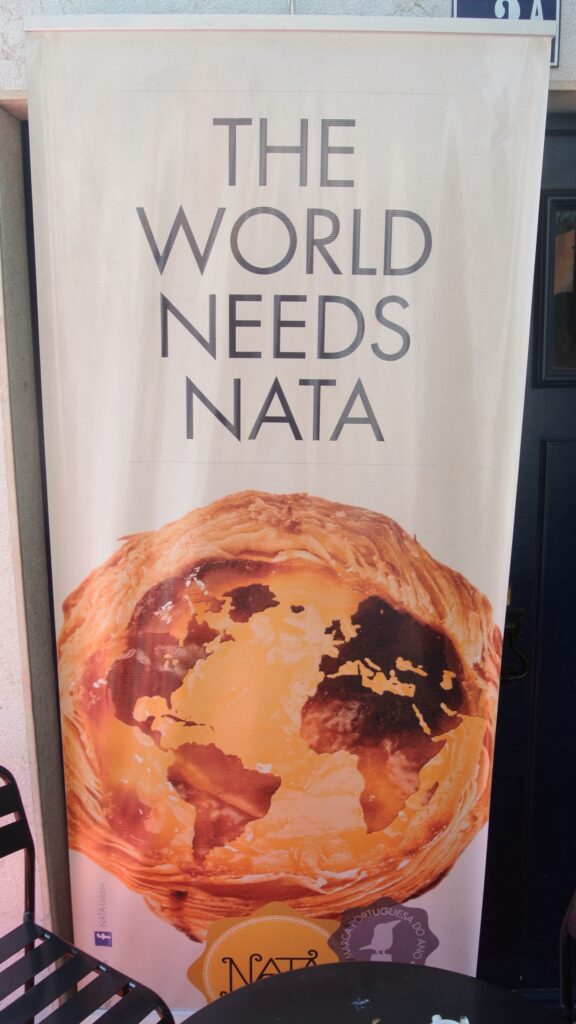
Distance from Lisbon to Cascais
The distance between Lisbon and Cascais is approximately 25 km (16 miles) in a straight line, or about 29–32 km (18–20 miles) by road167.
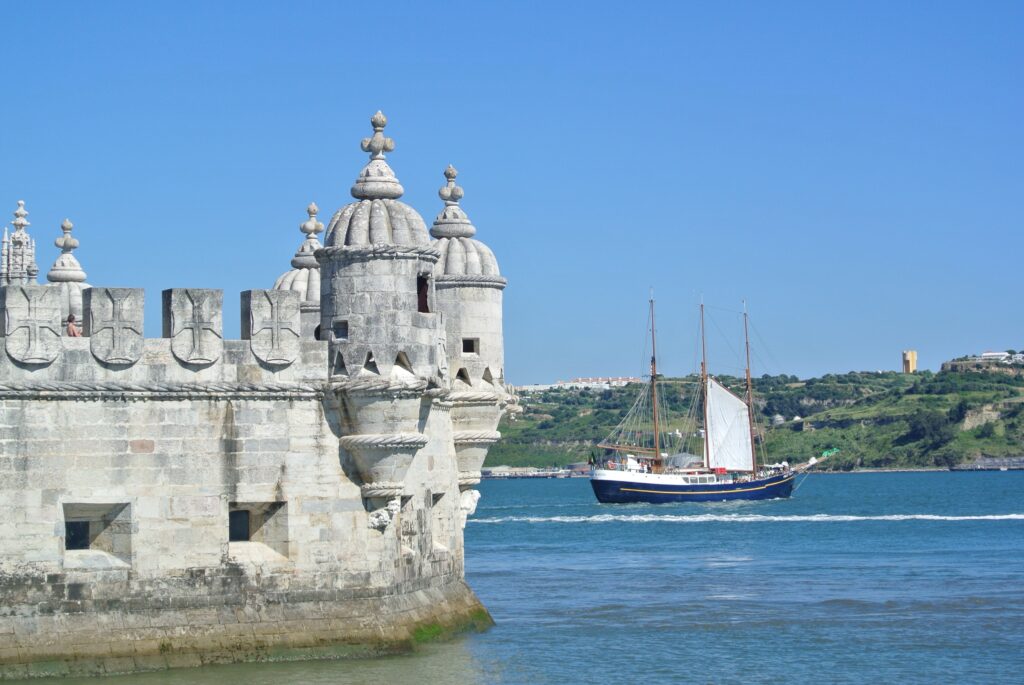
This tower symbolizes Portugal’s maritime and colonial power in early modern Europe.
Travel options include:
- Train: About 40 minutes, departing every 20–30 minutes from Lisbon’s Cais do Sodré station to Cascais1235.
- Cycling: Around 2–4 hours along the scenic coastal route4.
- Bus:
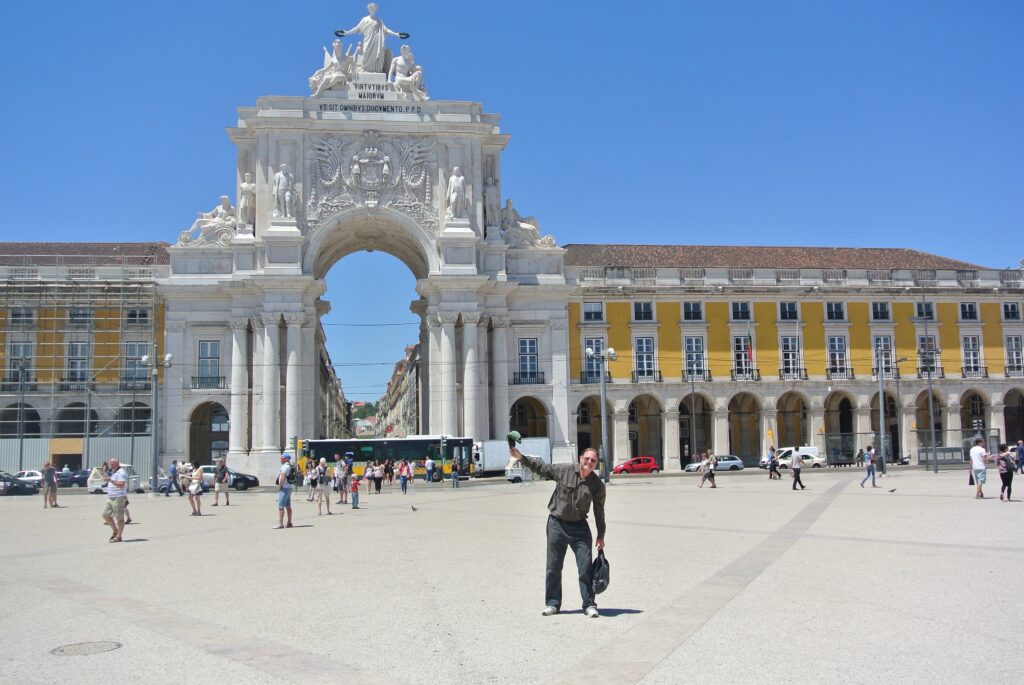
Portugal’s capital, Lisbon, and is one of the largest in Portugal, with an area of 175 by 175 m, that is, 30,600 m2. Facing the Tagus to the South, the plaza is still commonly known in Portuguese as Terreiro do Paço, as it hosted the Paço da Ribeira until the latter was destroyed by the great
1755 Lisbon earthquake.
Cascais is easily accessible, making it a popular day trip or base for sailors visiting Lisbon and the Portuguese coast123567.
Summary:

Cascais is a premier sailing destination with a vibrant marina, a calendar of prestigious regattas, and easy access from Lisbon (about 25–30 km). The inaugural J/70 Corinthian World Championship was recently held here, supported by Clube Naval de Cascais and J/Boats, reinforcing the town’s status in international sailing.
The inaugural J/70 Corinthian European Championship in Cascais, Portugal, delivered everything we hoped for and more-from stunning scenery to unpredictable conditions and fierce international competition. Seventeen countries were represented, including four teams from the Seattle fleet, with a total of twelve Seattle Yacht Club Members making the trip! Dime included SYC members Mallory Loe, Andrew Loe, Giancarlo Nucci, and AnaLucia Clarkson. War Canoe raced with Jen Glass, Ben Glass, and Jay Renehan. Lift Ticket was a full SYC crew with Frederic Laffitte, Janet Laffitte, Andy Mack, Jamie Mack, and Keith Hammer.
Cascais served up a week of varying conditions. Locals frequently told us, “but tomorrow will be different,” and it became the unofficial motto of the week.
Our first two days of training were a dream: sunny skies with warm temps-champagne sailing. Tuesday night, the Northwest teams gathered for traditional Fado in Lisbon—a fantastic night to kick things off together.
Practice Race (Wednesday)
A front rolled through in the morning, but we managed to get out for a practice race in the afternoon-breezy, but manageable. It was the first time all five of us had raced together so we worked out some kinks throughout the course.
BUT TOMORROW WILL BE DIFFERENT J/70 Corinthian Europeans – Cascais, Portugal, April 3-6 2025 by AnaLucia Clarkson in June 2025 Binnacle
The Seattle Yacht Club Dime team rallied hard and were proud to finish 6th overall out of 54 and the top American team.
Fado is a traditional Portuguese music genre, recognized for its deeply emotional and melancholic character. Originating in Lisbon in the early 1800s, fado is often associated with themes of fate, longing, loss, and the struggles of daily life, especially among the working class and seafaring communities. The music typically features a solo singer accompanied by a Portuguese guitar (a pear-shaped, 12-string instrument unique to Portugal) and a classical guitar.

The essence of fado is captured by the word saudade, a Portuguese term for a profound sense of longing or nostalgia for something lost. Fado is performed in intimate settings such as pubs, cafés, and traditional “fado houses,” and has become a symbol of Portuguese national identity.
The International Council of Yacht Clubs (ICOYC) is an association of the world’s leading yacht clubs, established to promote collaboration, share best practices, and enhance the quality of services and experiences for club members. Its main purpose is to build thriving yacht clubs and develop sailing for future generations by facilitating the exchange of knowledge, experiences, and innovative ideas among member clubs.
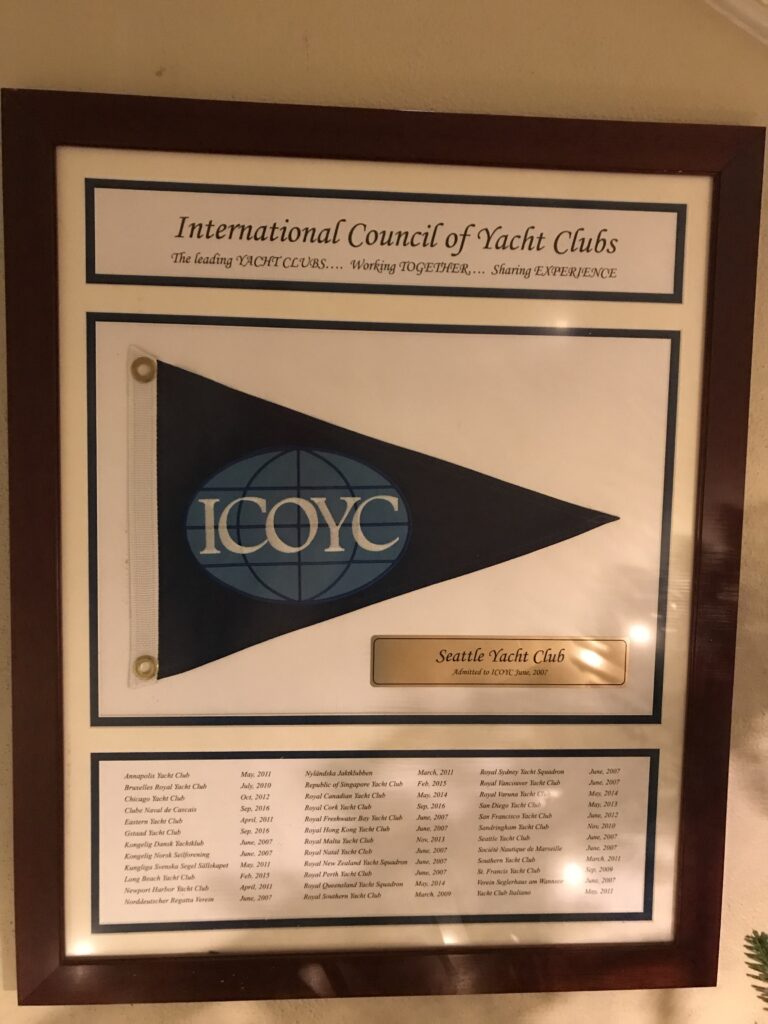
The ICOYC operates through a Commodores’ Forum and includes clubs from key sailing regions worldwide, currently with around 44 member clubs representing 22 to 24 countries across five continents. The organization hosts regular world forums, regional conferences, and annual cruises, encouraging fellowship, environmental responsibility, and the long-term sustainability of the sport and its clubs.
Comparison of the Racing Scene: Cascais vs. Other European Sailing Hubs
Cascais, Portugal is widely recognized as one of Europe’s premier yacht racing destinations, thanks to its reliable and consistent wind conditions, moderate breezes, and scenic Atlantic setting. The unique meteorological phenomenon—where the Azores High meets the Iberian low pressure—creates ideal racing winds along the Portuguese coast, making Cascais particularly attractive for both sailors and organizers14. The town’s deep maritime heritage, modern marina, and proximity to Lisbon further enhance its reputation.
Key Features of Cascais’ Racing Scene
- Consistent Wind: Cascais is famed for its reliable wind direction and moderate breezes, which are crucial for fair and competitive racing14.
- Prestigious Events: The marina has hosted major international regattas, including the America’s Cup World Series, 470 World Sailing Championship, 49er European Championship, and the Mirpuri Foundation Sailing Trophy, among others148.
- Elite Participation: The town attracts top-tier sailors, royalty, and the European elite, blending a cosmopolitan atmosphere with a strong local sailing tradition4.
- Environmental Focus: Events like the Mirpuri Foundation Sailing Trophy emphasize sustainability and marine conservation, adding a modern dimension to the regatta calendar1.
How Cascais Compares to Other European Sailing Hubs
Below is a comparison of Cascais with other leading European sailing centers:
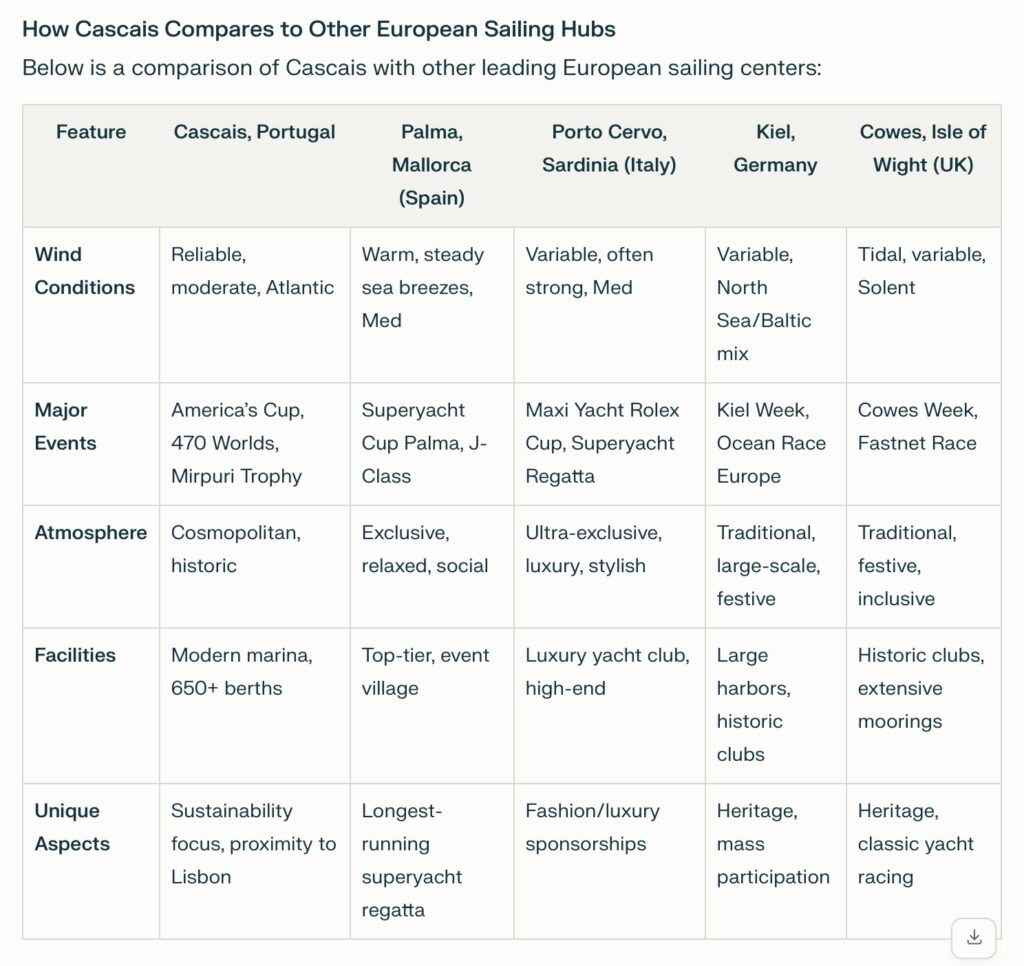
Distinctive Qualities
- Cascais stands out for its blend of reliable Atlantic conditions, accessibility, and a balance between tradition and modernity, including a strong environmental ethos14.
- Palma and Porto Cervo offer Mediterranean glamour and exclusivity, with a focus on superyachts and luxury social events357.
- Kiel and Cowes are steeped in tradition, hosting some of the largest and oldest regattas in Europe, with broad participation and a festive atmosphere26.
Recent Highlights
- Cascais hosted the 470 World Sailing Championship in 2024, reinforcing its status as a world-class venue for Olympic-level racing8.
- The Mirpuri Foundation Sailing Trophy, held annually, draws over 150 boats and emphasizes sustainability, a unique aspect among European regattas1.
- Other European hubs like Palma and Porto Cervo continue to attract the superyacht circuit and luxury sponsors, while Kiel and Cowes maintain their appeal with historic, large-scale events2356.
What is a 470 Sailboat?

The 470 is a double-handed (two-person) monohull planing dinghy, 4.70 meters (15 ft 5 in) long, designed for high performance with a centerboard, Bermuda rig, single trapeze, and spinnaker.

It is built from fiberglass and is known for its large sail-area-to-weight ratio, making it fast and responsive.
The 470 is an Olympic class, sailed by both men and women at the highest levels of international competition34.
What is a 420 Sailboat?
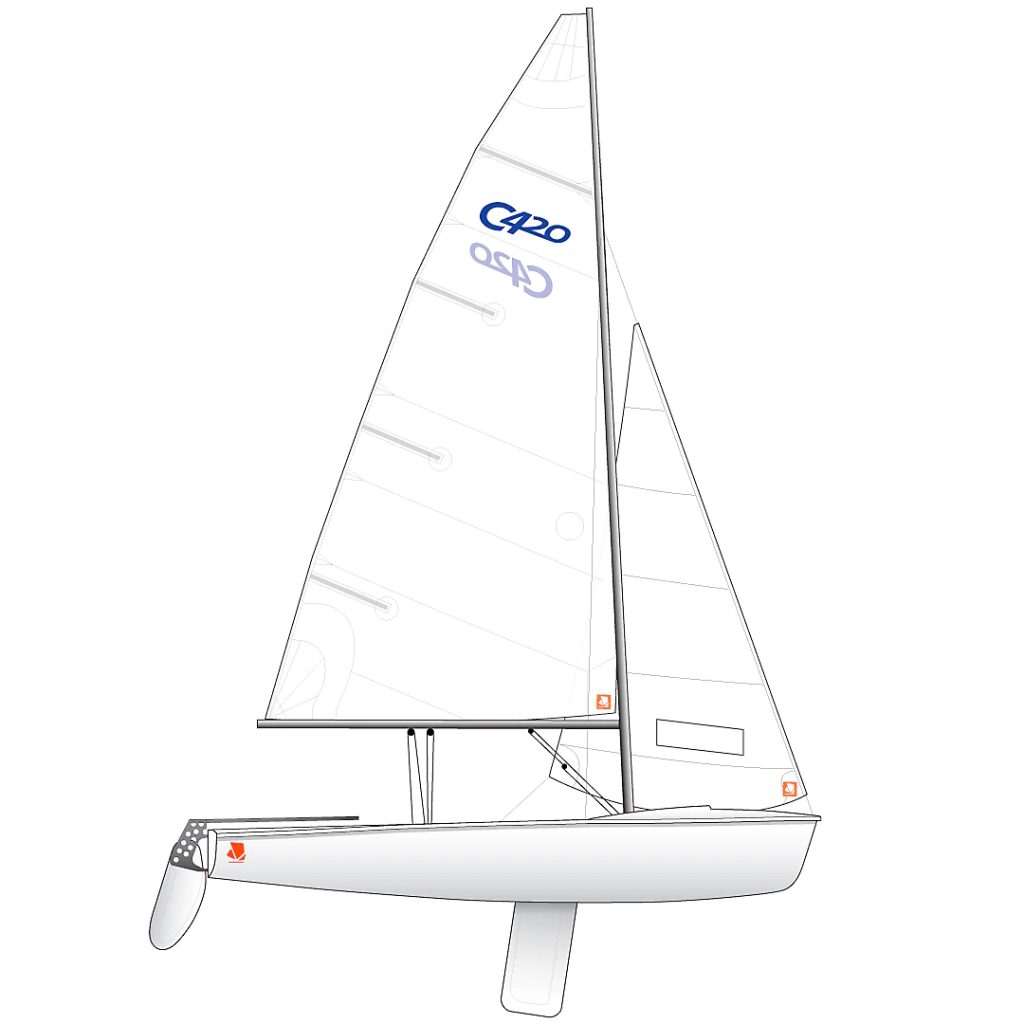
The 420 is also a double-handed monohull planing dinghy, 4.2 meters (13 ft 9 in) long, with a single trapeze and spinnaker. It is slightly smaller, lighter, and has less sail area than the 470. The 420 was designed as a youth trainer for the 470 and is widely used in junior and youth sailing programs worldwide156.
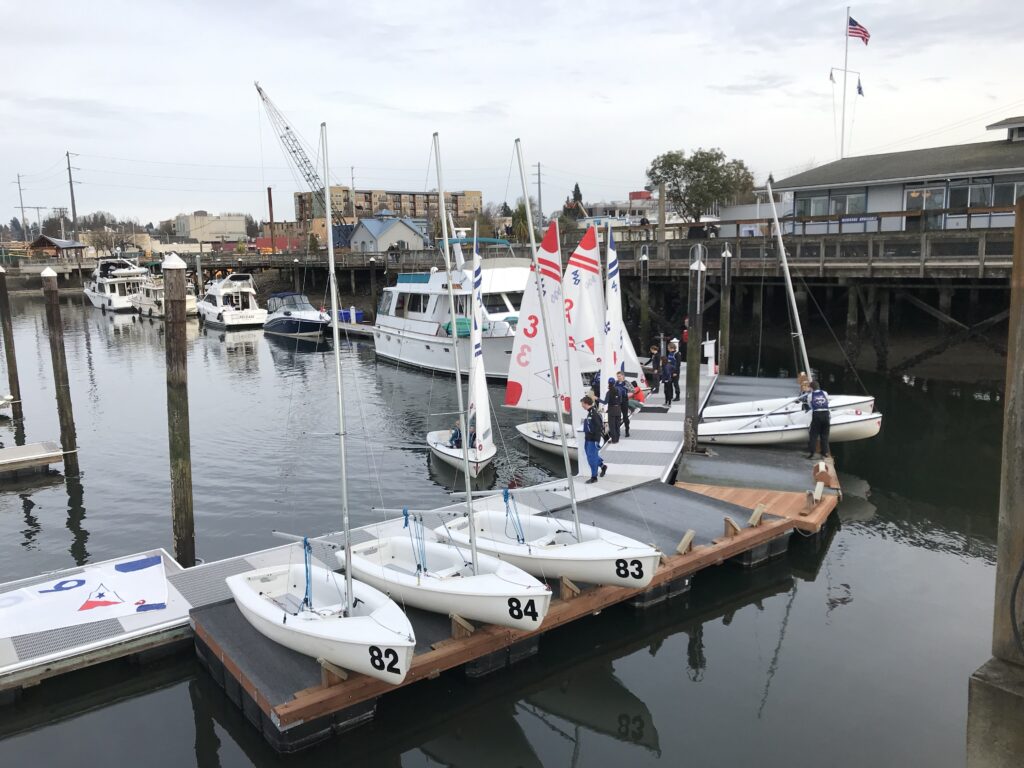
Key Differences: 470 vs. 420
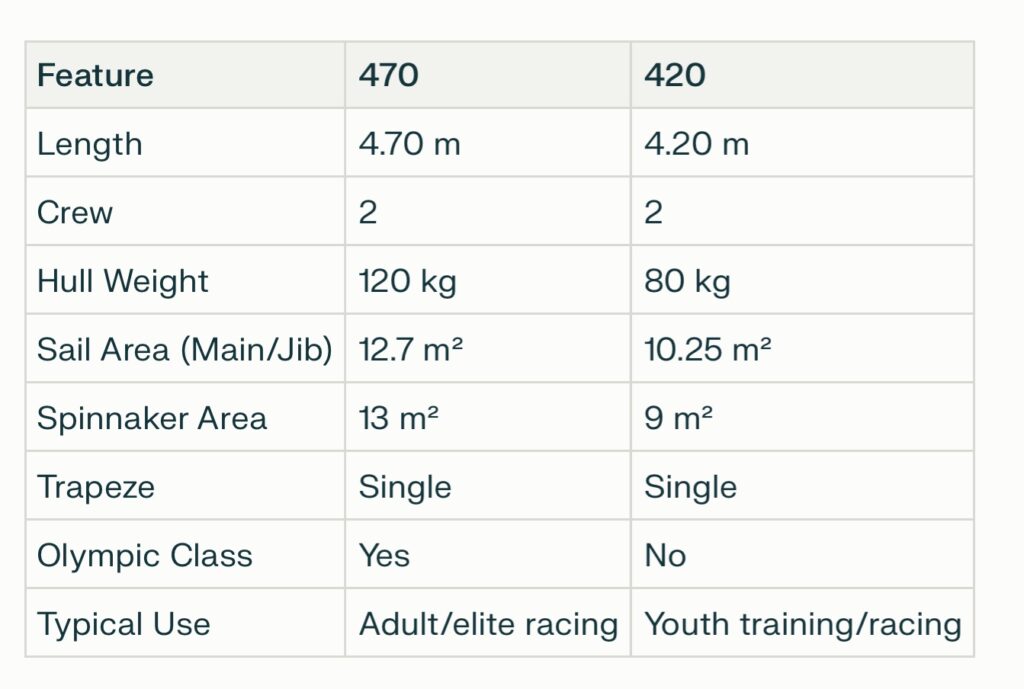

The 470 is larger, heavier, and has more sail area, making it faster and more physically demanding.

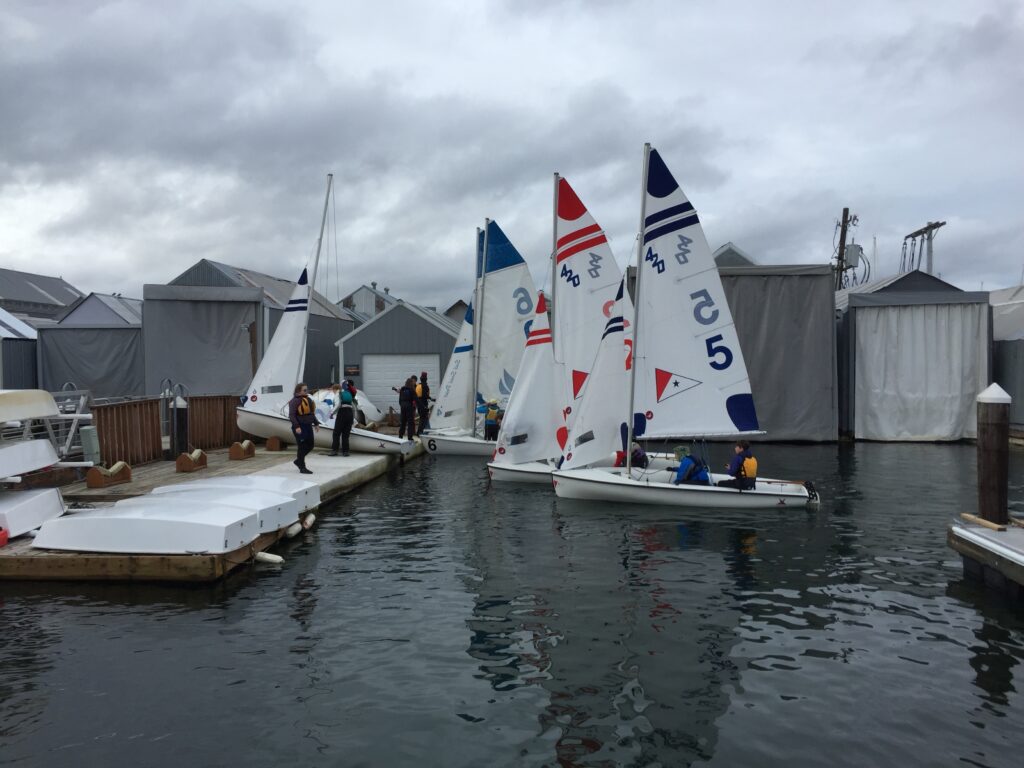
How Are 470 and 420 Sailed in Competition?
- Crew: Both are sailed by two people, with one on the trapeze and the other helming.
- Racing Format: Both classes race on windward-leeward courses, often as part of national and international regattas. The 470 is featured in the Olympics, while the 420 is a key class in youth world championships and training regattas.
- Tactics: Both require excellent teamwork, boat handling, and tactical decision-making. The 470’s greater speed and sail area make it more challenging, while the 420 is more forgiving for developing sailors.
- Skills: Both classes teach advanced sailing skills, including spinnaker handling, trapeze work, and tactical racing, but the 470 demands higher physical fitness and precision345.
In summary, the 470 is an elite, Olympic-level dinghy for adults, while the 420 is a foundational youth trainer and racing class, both offering exciting, tactical sailing13456.
Conclusion
Cascais is on par with Europe’s top sailing hubs, offering world-class racing conditions, a rich regatta calendar, and a cosmopolitan yet accessible atmosphere. Its Atlantic wind reliability, modern facilities, and focus on sustainability set it apart from the Mediterranean glamour of Palma and Porto Cervo or the historic mass-participation events of Kiel and Cowes1348. For sailors seeking both competitive racing and a vibrant maritime culture, Cascais remains a standout destination.

US Sailors who cruise are different than those who just race. A US pure racing sailor views sailing as a competition between human athletes with the vessel being equipment. A US cruising sailor views the crew as components of the vessel required to make it seaworthy. These views have implications in crew selection and training.
The former allows for selection of athletes who have no sailing experience (but are otherwise fit for a triathlon). These follow without knowledge necessary to form questions. Those who do not venture to ask questions are valued over those who do.
Knowledge of the racing rules isn’t desired because loyalty is valued above the competency gained from study of the rule books.
The athletes are replaceable – meaning they can be flicked off (removed from) crews with no damage to the overall goal -which is to win.
The later US Sailors, the ones who cruise, are different animals. They must seek knowledge, not just from rule books but from libraries and from scuttlebutt. They must question everything in order to gain competency and make the vessel seaworthy. This is because, on any given day, the least experienced among the crew may need to make a decision necessary for safe operation of the vessel. There may not be time to consult and if there is the captain may not have all the facts in which to make a good decision and those facts come from the knowledgeable. If a crew member is flicked off, there is damage to the overall goal which is seaworthiness.


